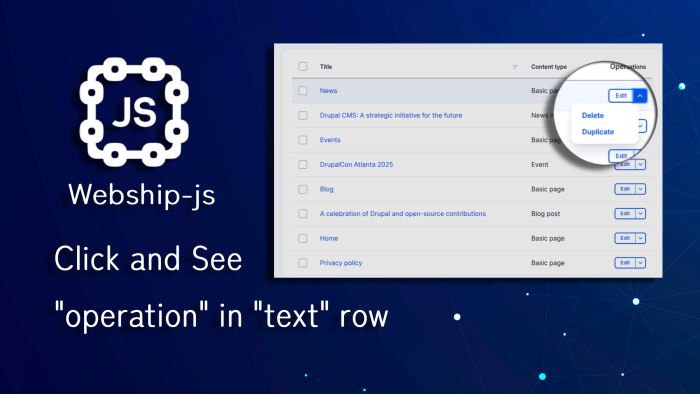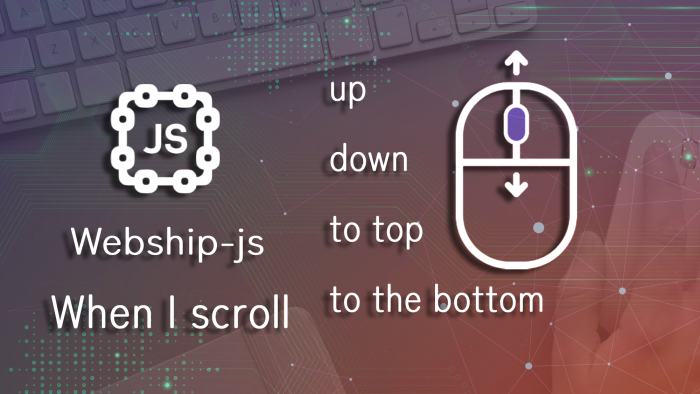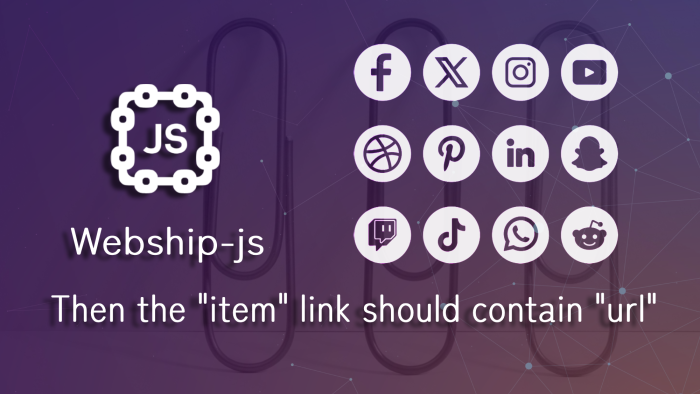Behat’s WebAPIExtension was a simple and effective way to test JSON-based APIs using Gherkin steps. On July 14, 2025, the repository was archived by its owner and became read-only — meaning it’s no longer maintained, but not abandoned in purpose.
A monarch's crown is a timeless symbol of power, legitimacy, and authority. Crafted with precision and adorned with rare gems, it represents mastery and excellence. In the same way, automated testing crowns a website with these same qualities, marking it as a digital domain built on excellence and reliability.
API testing is a crucial step to ensure that web systems and applications function smoothly. It involves sending different types of requests to specific API endpoints, such as GET, POST, PUT, or DELETE, to verify the server’s response and data accuracy.
In the world of website and system management, tables are always at the core: user names, records, operations, all stored there. And sometimes, simply checking that options like Edit or Delete appear in the right row makes a huge difference. It ensures the system works as expected and gives you the flexibility to modify or remove data with ease.
Automated testing isn’t complete without touching the finer details of the digital experience, and file uploads are one of the most crucial. This step reveals whether a site smoothly handles user interactions or stumbles at the first simple challenge. It’s the moment of truth that puts the system under the microscope.
From interactive portfolios and product galleries to immersive storytelling sites and modern landing pages, many websites today embrace horizontal scrolling to break away from traditional layouts and deliver a unique user experience. This sideways navigation offers a cinematic feel, guiding users through content like frames in a storyboard. But with this creativity comes complexity.
In today’s modern websites, scrolling is no longer just a basic interaction; it has become a vital part of the user experience, especially on pages that load content progressively or contain long, information-rich sections. Carefully testing scroll behaviour helps ensure that content appears smoothly and users don’t feel lost or interrupted while navigating. It’s a small detail… but a big key to a seamless experience.
In website testing, every detail matters. One small broken link can damage trust and user experience. That’s why checking if important links, like social media icons, lead to the right place is a vital step. This kind of step ensures that users are never left wondering or lost.
When designing automated tests for websites, we often focus on clicks, data entry, or verifying elements... However, there’s one crucial step that many overlook — reloading the page.








